La Mora
Véritable arme de guerre, navire exceptionnel, prouesse d’ingénierie navale, le bateau de Guillaume Le Conquérant n’était pas qu’un simple bateau…
L’Association se lance pour défi de le reconstruire sous vos yeux, apprenons en plus sur son histoire !
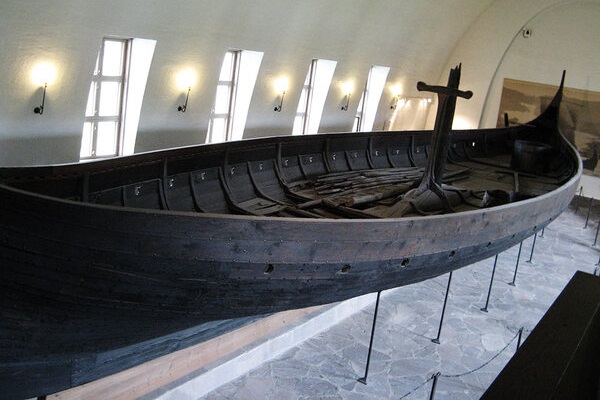
Une démarche scientifique
La reconstruction de la Mora se veut la plus authentique possible et s’inscrit dans un projet d’archéologie expérimentale. Elle s’appuie sur l’iconographie de la Tapisserie de Bayeux, sur l’expertise de son comité scientifique – spécialistes de l’histoire maritime normande et en archéologie maritime, architectes navals, charpentiers de marine… – et sur les connaissances empiriques du musée de Roskilde, au Danemark.
L’association s’appuie en effet sur les travaux du musée danois qui depuis la découverte d’épaves du XIe siècle à Skuldelev, en 1962, a reconstruit plusieurs répliques en respectant les techniques et les gestes du XIe siècle.
Malgré l’absence des plans de l’époque, la synthèse des connaissances a permis d’esquisser le visage de la Mora, celui d’une esnèque manœuvrant et marin. « C’est un bateau de guerre de type Viking au profil très effilé et donc rapide. Nous sommes partis sur un navire en chêne de 34 m de long et de 5 m de large capable de transporter 70 hommes d’équipage dont 60 rameurs. Il aura aussi un gréement à voile carrée de 150 m2 », précise l’architecte naval Marc Ronet qui a réalisé les premiers plans de la Mora. L’une des particularités de l’esnèque réside dans son faible tirant d’eau qui lui permet de remonter les rivières et de s’échouer facilement sur le rivage.construction navale, accueil du public, librairie, boutique, billetterie, visites guidées, maintenance du site, services administratifs… Ce chantier sera aussi l’occasion pour certaines entreprises de former leurs propres apprentis, notamment en charpenterie de marine. Un dernier module concernera la formation du futur équipage de la Mora ! Des emplois saisonniers devraient également être proposés.
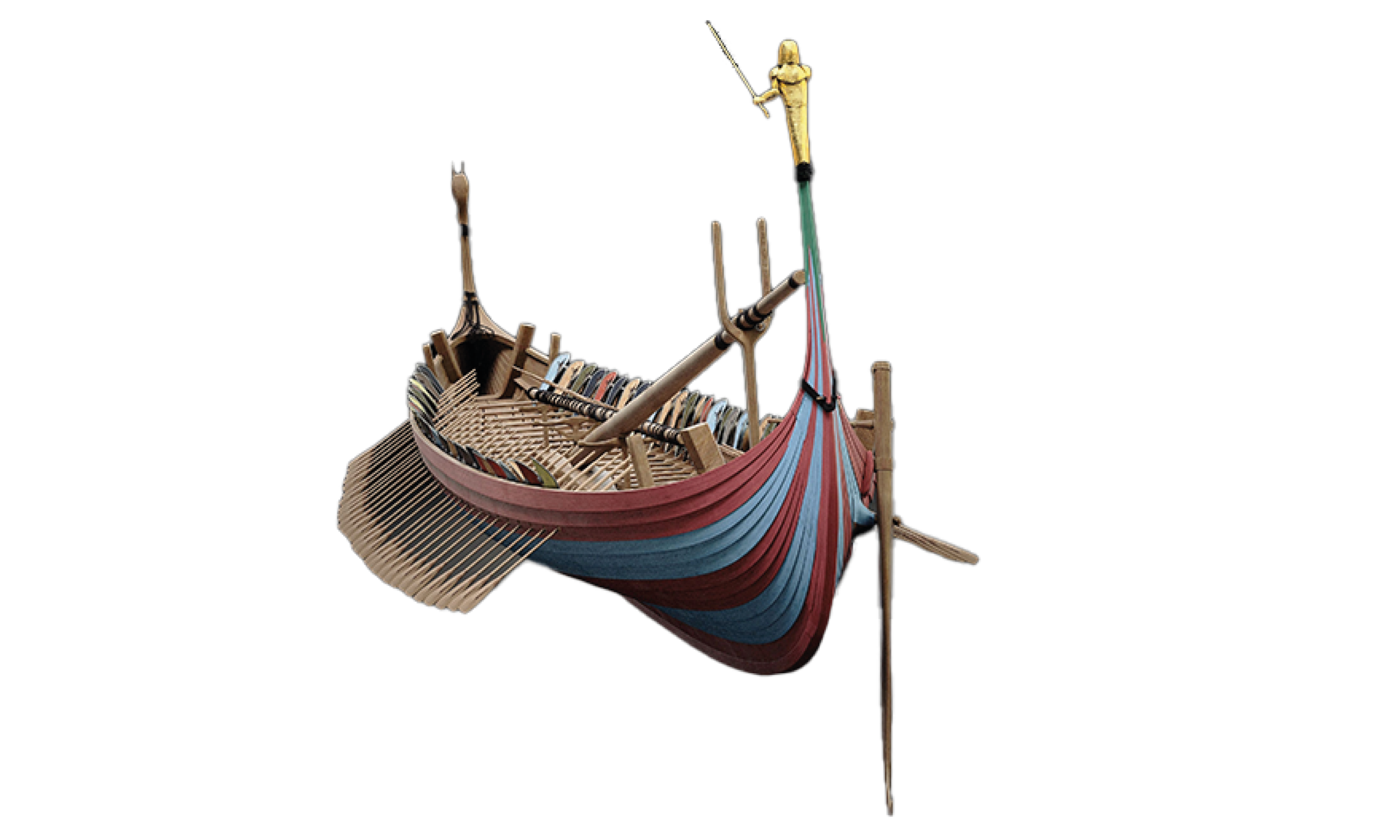
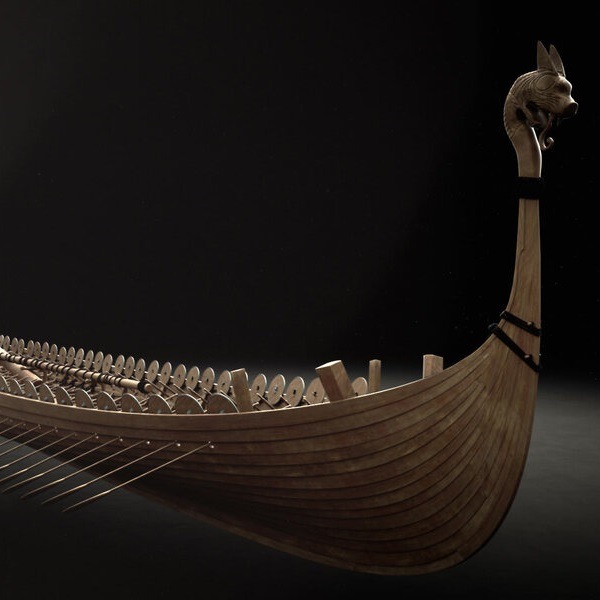
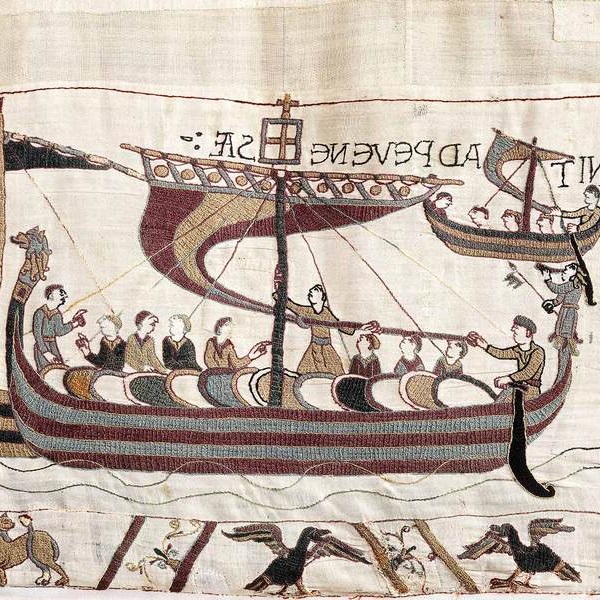
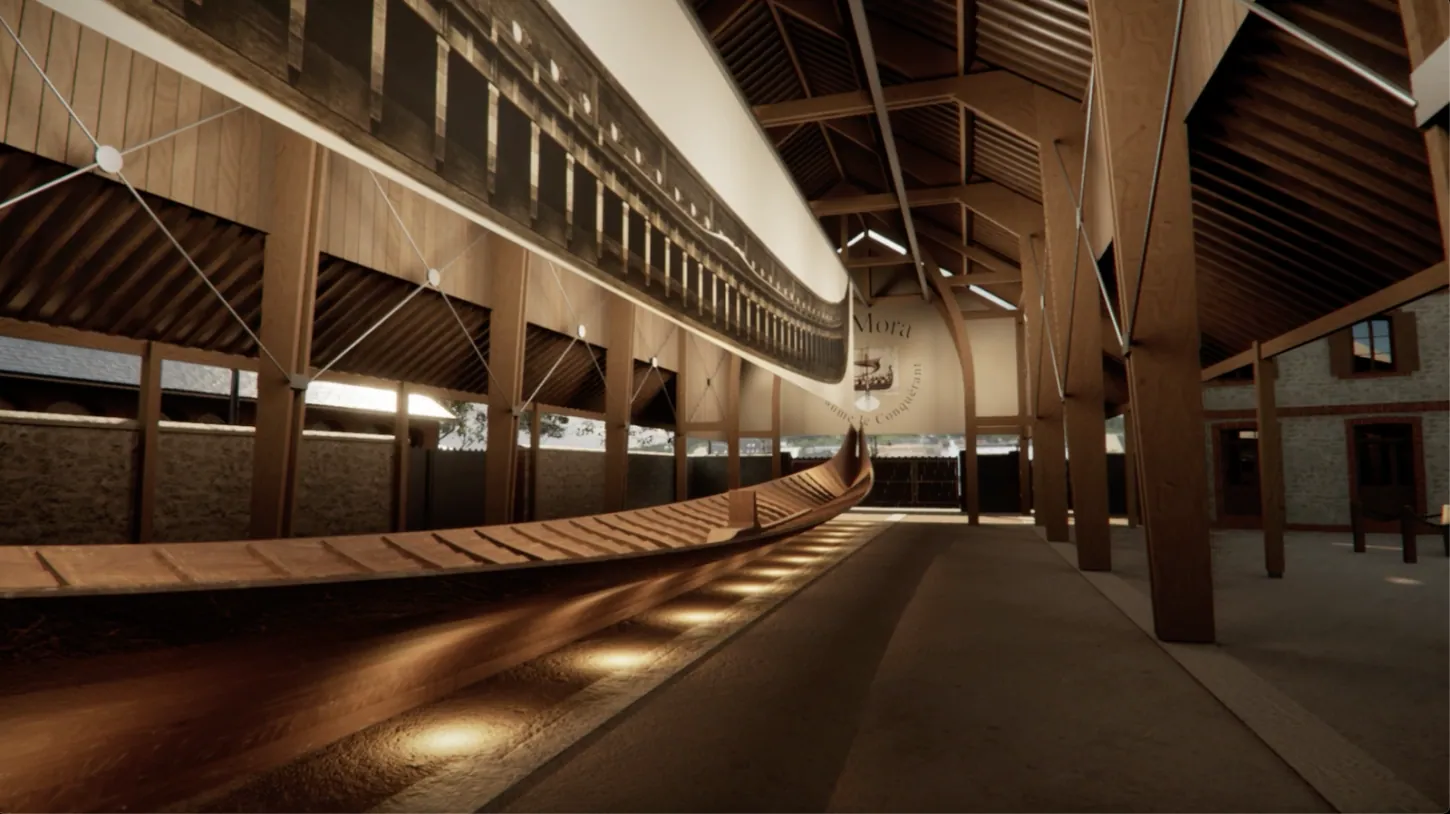
Ce projet passionnant exige aussi de rechercher et de comprendre les techniques constructives du XIe siècle ainsi que les choix opérés par les charpentiers d’alors (voir l’interview de Marc Ronet ci-après). Dans le cadre du chantier spectacle qui doit durer cinq ans et mobiliser une dizaine de compagnons, le public pourra découvrir la mise en œuvre de ce procédé constructif empruntant la gestuelle et les outils du XIe siècle. La reconstruction qui se veut la plus authentique possible doit aussi permettre à la Mora d’être agréée par les Affaires maritimes et, donc, de pouvoir naviguer !
La façon de construire est-elle différente ?
Contrairement à ce que nous avons l’habitude de faire aujourd’hui, la construction de l’esnèque se fait en bordés premiers. On commence par monter les bordés, l’enveloppe extérieure, avant de poser les membrures, c’est-à-dire le squelette. Cette méthode implique un savoir-faire très particulier et moins d’outillage mais c’est aussi un reflet des moyens disponibles au XIe siècle.
Comment procédaient les charpentiers du XIe siècle ?
La façon de débiter le bois, de raboter les planches, d’assembler les pièces est liée aux outils du XIe siècle. Les charpentiers de l’époque utilisaient ainsi du bois vert plus facile à cintrer. Après avoir abattu les chênes, ils les refendaient avec des coins et des masses puis débitaient les planches pour faire les bordés. L’intérêt de refendre le bois est de lui laisser suivre son propre fil : au final, les bordés sont plus solides et moins épais, et les bateaux plus légers.
À quels défis êtes-vous soumis ?
Les charpentiers de marine vont devoir réapprendre ces gestes et ces techniques qui ne sont plus utilisés aujourd’hui. Le second défi porte sur l’homologation du bateau car les normes européennes ne prennent évidemment pas en compte les navires du XIe siècle. Or les 34 m de long de La Mora la classent parmi les bateaux de grande plaisance ! Nous réfléchissons avec les Affaires maritimes pour trouver des solutions techniques afin de répondre aux normes de sécurité actuelles.